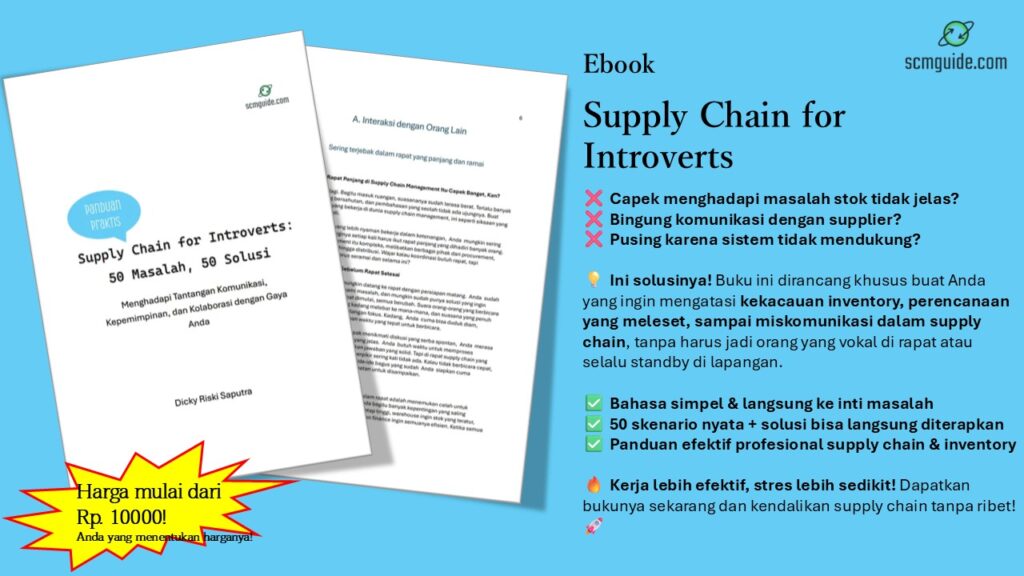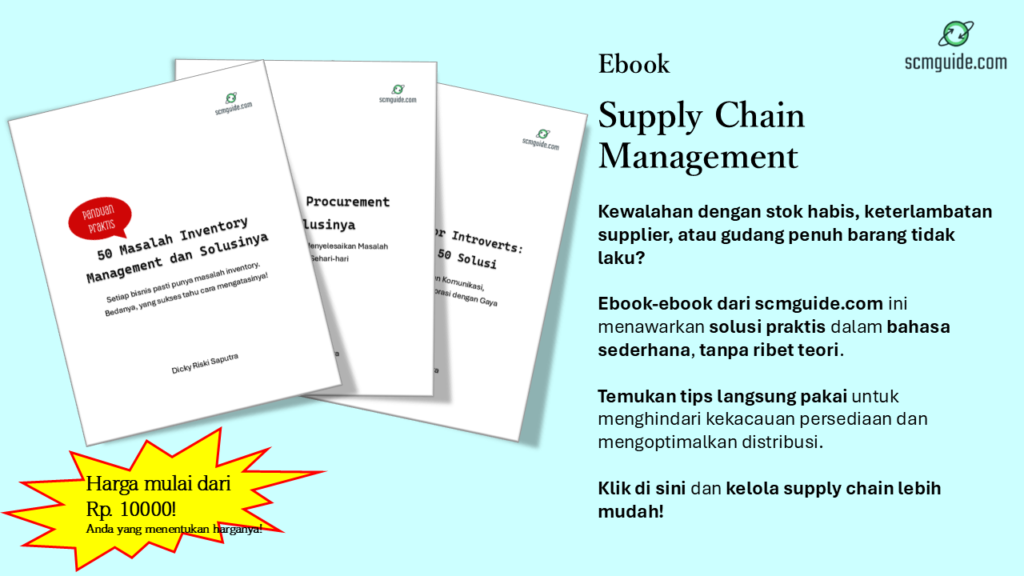You might not see it right away, but if your supply chain KPIs are failing to tell you the full story, it’s probably because something critical is missing: manufacturing KPIs. Yep, those gritty, shop-floor level numbers that often live in a separate system or a different meeting room. The ones that don’t always make it into your polished supply chain dashboard—but should.
Let’s not sugarcoat it. Supply chain professionals are under more pressure than ever. There’s customer expectation to deliver fast, cheap, and on-time. There’s volatility in demand, raw material delays, geopolitical disruptions, and let’s not forget that friendly “How’s the OTIF this month?” ping from the boss. Everyone wants the supply chain to run smoother, cheaper, and smarter.
And you’re probably tracking the big numbers. Order Fulfillment Rate. Inventory Turnover. Days of Supply. OTIF. Forecast Accuracy. You know the drill. Those KPIs are crucial—but they are outcomes. They show you the result of what happened across a complex, interconnected process. But here’s the deal: without manufacturing KPIs feeding into those bigger metrics, you’re not seeing the whole picture. You’re managing in the dark.
Before we go further into this topic, don’t forget to follow my LinkedIn account. You’ll get more helpful insights on supply chain management there.
Table of Contents
When the Outcome is Clear but the Cause is a Mystery
Let’s say your Order Fulfillment Rate dropped last month. It’s sitting at 82% instead of the usual 94%. Customers are starting to notice. Your team scrambles. Procurement blames production. Production says the forecast was wrong. Logistics says trucks were waiting for goods that weren’t ready.
It’s chaos. And the problem isn’t that you’re not measuring enough. The problem is that you’re not measuring deeply enough. You’re looking at the scoreboard, but you don’t know who missed the pass or why the play failed.
That’s what happens when you don’t integrate manufacturing KPIs into your supply chain management. You’re trying to manage delivery performance without knowing how well the engine that builds the product is actually running.
Manufacturing is Not a Black Box. It’s the Core.
There’s this unspoken separation in many companies where manufacturing is seen as something that happens “over there.” It’s where machines live. Where operators clock in. Where downtime is normal. Supply chain folks plan, purchase, store, and deliver—but production? That’s someone else’s turf.
But that mindset creates a fatal blind spot. Manufacturing is not a support function. It’s not a black box. It’s the core of your supply chain. The moment production slows down, fails, or fluctuates, the ripple effects hit planning, inventory, delivery, and ultimately customer satisfaction.
So when you track only high-level supply chain KPIs without diving into the manufacturing layer, you lose the ability to diagnose. You only see the symptom, not the disease.
You might also like:
- Mastering Economic Order Quantity (EOQ) to Slash Costs and Boost Efficiency
- Why Your Supply Chain Recommendations Get Ignored and What to Do About It
You Need KPIs That Go Beneath the Surface
Let’s talk about the kind of manufacturing KPIs that belong in every serious supply chain dashboard:
- Overall Equipment Effectiveness (OEE): Are your machines running efficiently?
- Downtime: How much time is lost due to breakdowns or changeovers?
- Schedule Adherence: Are production runs happening when they’re supposed to?
- First Pass Yield: How much of what you produce is good the first time?
- Scrap Rate: Are you wasting material?
- Production Lead Time: How long does it actually take to make the product?
These aren’t just production metrics. These are early warning signals for your supply chain. If OEE drops, you’ll miss delivery windows. If schedule adherence is low, your warehouse starts guessing. If lead times extend, planners scramble. Everything gets reactive. And that’s when costs rise, service levels drop, and people start pointing fingers.
The Disconnect is Real—and It’s Holding You Back
In many organizations, supply chain and manufacturing teams run on parallel tracks. Different tools. Different KPIs. Different dashboards. They might sync in meetings or exchange reports, but they’re rarely fully aligned.
That disconnect is a killer. Because supply chain is all about flow. And if the flow breaks at the manufacturing level, everything downstream suffers.
Let’s take an example. Imagine your supply chain is optimized to deliver product X every 3 days. You’ve got the logistics dialed in. Customers are happy. But one week, production slows down. The machines are fine, but yield is dropping because raw material quality changed. No one flagged it in time. Orders start getting delayed. Inventory buffers run out. Suddenly, your OTIF tanks. And all you saw on your dashboard was that delivery slipped.
But behind that slip were three layers of unmeasured production issues that could have been prevented—or at least managed—if the right KPIs had been visible.
KPIs Are Not About Blame. They’re About Insight.
One of the reasons teams resist adding more KPIs—especially from other departments—is fear. Fear of blame. Fear of micromanagement. Fear of being reduced to a number.
But that’s not what KPIs are for. At their best, KPIs create shared visibility. They become a common language. They tell the same story to everyone in the chain so decisions are based on facts, not hunches.
When supply chain managers start asking about OEE, it’s not because they want to audit the factory. It’s because they want to help predict risk. When planners understand first pass yield, they can adjust buffers realistically. When procurement sees scrap rate rising, they can review suppliers.
That’s the kind of cross-functional collaboration that separates good supply chains from great ones.
You might also like:
- Mastering Warehouse Layout for Seamless Workflow and Maximum Efficiency
- How to Avoid Losing Money on Delivery Costs When Customer POs Are Small
Start Small, But Start Now
You don’t need to boil the ocean. If your current supply chain dashboard doesn’t include any manufacturing KPIs, start with one. Maybe it’s schedule adherence. Maybe it’s downtime. Pick a KPI that directly impacts delivery reliability and start tracking it.
Then, don’t just report it. Talk about it. Bring it into the same meetings where you discuss order fulfillment. Use it to explain variance. Use it to anticipate risk. That’s when KPIs start becoming tools, not just charts.
The goal is not to overwhelm your team with data. The goal is to connect the dots—so that when a number changes at the customer level, you can trace it all the way back to the machine, the shift, the decision that caused it.
Visibility Creates Agility
In today’s world, speed isn’t enough. Agility wins. And agility comes from being able to see clearly, decide quickly, and act confidently.
That only happens when your supply chain KPIs are layered. When they don’t just show you what happened, but help you understand why it happened.
Manufacturing KPIs give you that visibility. They’re the heartbeat of the operation. Without them, you’re flying blind.
So if you want your supply chain to be truly resilient—start by opening the door to the shop floor. Bring those numbers in. Make them part of your strategy. And most importantly, use them to build bridges between teams that have too often worked in isolation.
Because in the end, great supply chains aren’t just fast. They’re aligned. And alignment starts with sharing what we measure, and why it matters.
And that’s why your supply chain absolutely needs manufacturing KPIs.
I hope you find it helpful!
Please share this article with your colleagues so they can also benefit. For more insights on supply chain management, follow my LinkedIn account. You’re free to use all articles on this blog for any purpose, even for commercial use, without needing to give credit.

 by
by 


